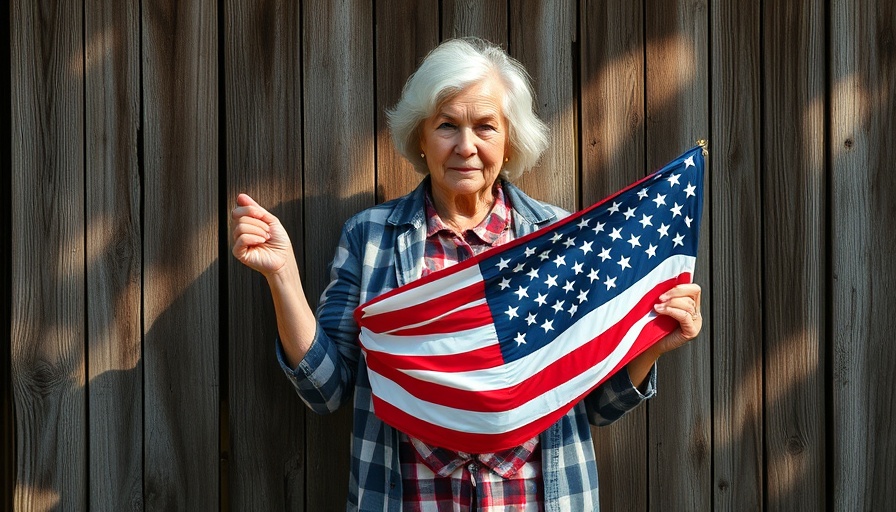
Rediscovering the Meaning Behind the Flag
In the past, the mere sight of the American flag often stirred a mix of confusion and disdain for me. It wasn’t until this year, in a personal leap of faith and thought, that I finally attached significance to that fabric square, allowing it to fly freely outside my home. This simple act symbolizes a reconsideration of attitudes toward what it stands for, transforming a relic of my past into a beacon of hope.
Historical Context: Flags and Patriotism in America
Understanding why the American flag evokes such polarized feelings requires a little history. For many, particularly in older generations, the flag has represented freedom, unity, and pride. In contrast, individuals like myself, raised in the shadow of current events that spotlight the disparities between American ideals and realities, often view the flag as a reminder of inequality and strife.
Throughout U.S. history, the symbol of the flag has endured cycles of interpretation. While my grandfather could invest pride in the flag during the era of the Great Depression, today’s political climate shapes a perspective marked by skepticism. Numerous sociologists suggest that the national flag's symbolic meaning has evolved as the population's views on race, equality, and justice have changed.
Patriotism: A Diverse Landscape
The term “patriotism” is often entangled with national pride, and for many, this embraces a deep-seated feeling of identification with one’s country. It can also foster division, as individuals grapple with various interpretations of what it means to be proud of one's nation. The dichotomy I experienced is not isolated; it exemplifies a broader societal challenge where national symbols can simultaneously evoke both celebration and critique.
In Philadelphia, a city known for its historic and cultural significance in shaping the nation’s identity, discussions about patriotism often reflect a diverse set of values. Engaging in local events surrounding Independence Day, for instance, can evoke inspiration or ire, depending on one’s perspective on America's journey.
Future Trends: What Lies Ahead for American Symbols?
As the nation approaches its 250th anniversary, there is a compelling need to redefine the narratives tied to symbols like the flag. A greater emphasis on inclusivity may spur discussions about how the flag embodies not just triumphs but also the responsibility to face injustices.
Young Americans, who often resonate with calls for equity, may lead this transformation. Their voices are crucial in articulating a vision of a future that embraces what America can aspire to be rather than solely what it has been. There’s potential for the flag to symbolize unity emerging from diversity rather than division.
Taking Action: Redefining Symbols
For those who may still struggle to relate to the American flag, or any symbol they feel estranged from, I encourage reflection and dialogue. What could pressing the fabric into service outside your home mean for you? Engaging with the flag might prompt questions about your identity and place within the American narrative.
Perhaps it’s time for a collaborative approach to national pride—one that sees individual stories woven into a larger fabric. The challenge lies in articulating our discontent while honoring those who fought for our freedom, as only then can we contribute meaningfully to a national story that remains unfinished. Hanging the flag doesn’t erase the struggles but invites us into a critical conversation about the promises that still need fulfillment.
Reflecting on Personal and National Identity
Ultimately, my decision to hang the American flag stems from an unyielding belief in individual agency. Each person’s relationship with symbols of nationalism is deeply personal and shaped by lived experiences. For many top wage earners in Philadelphia, balancing pride in personal achievement with a desire for societal progress can create a complex lens through which the flag is viewed.
This time, when I see my flag flutter, it carries a story new and old, rich with the possibilities of reimagining our collective identity.
 Add Row
Add Row  Add
Add 




Write A Comment